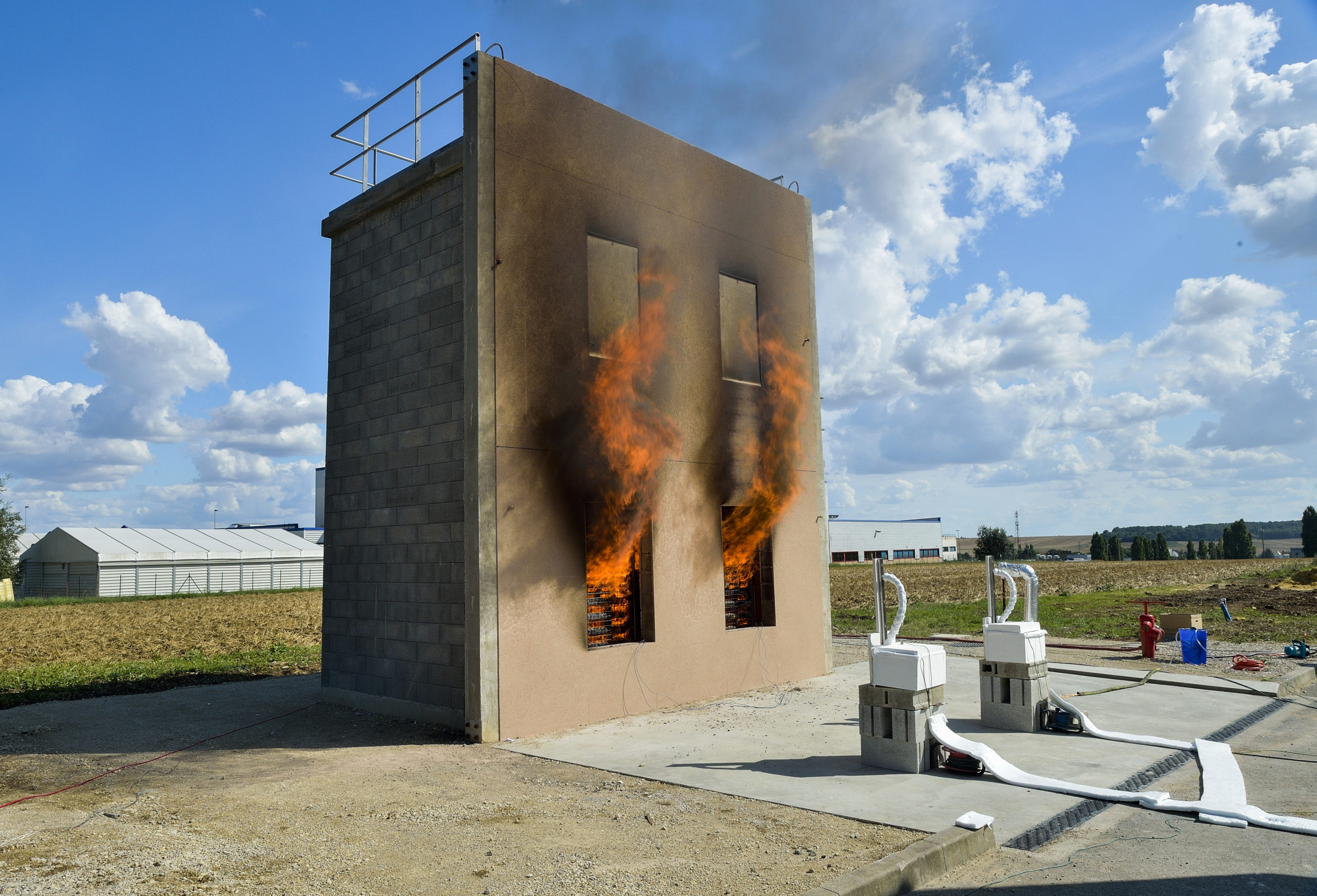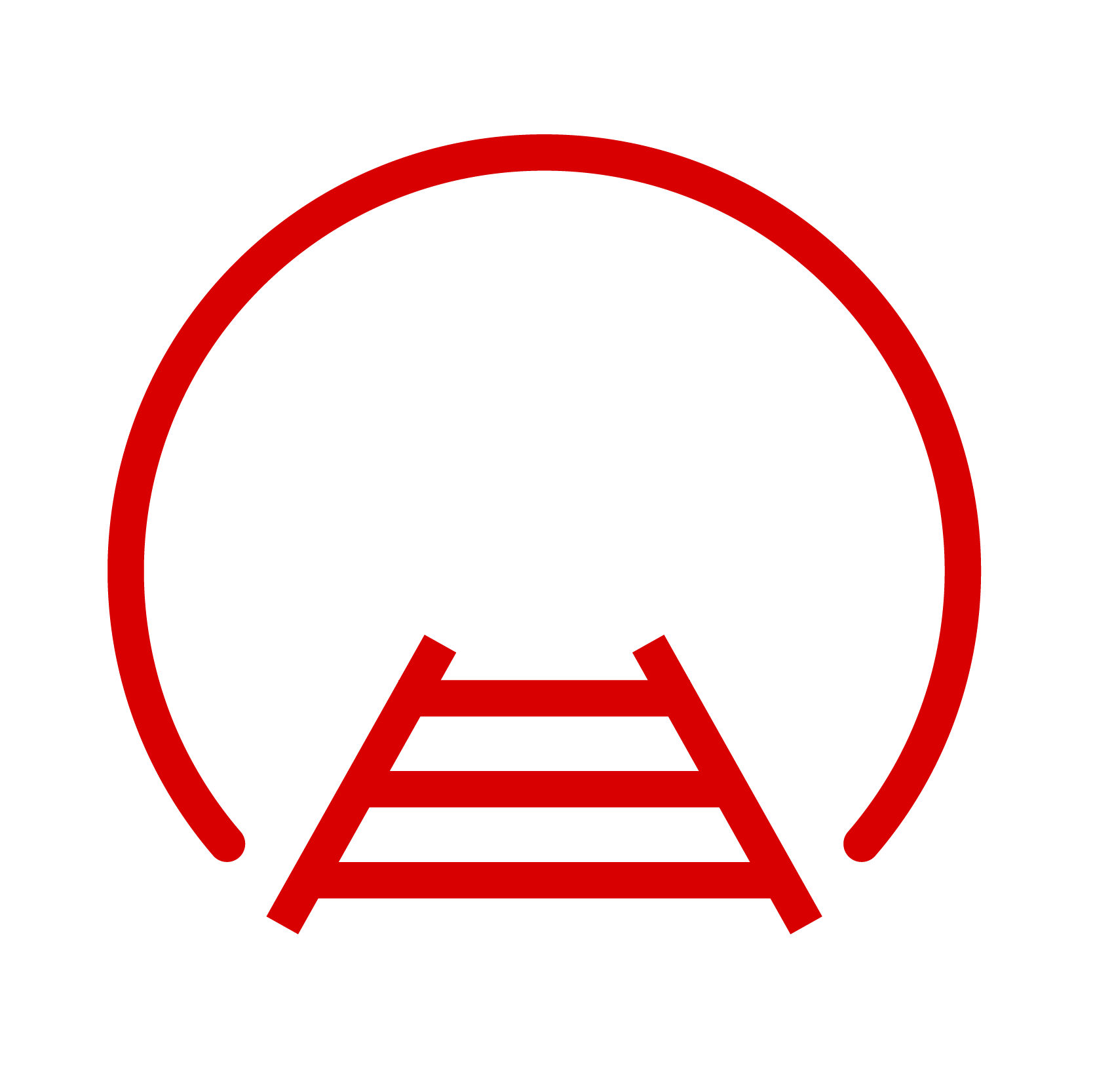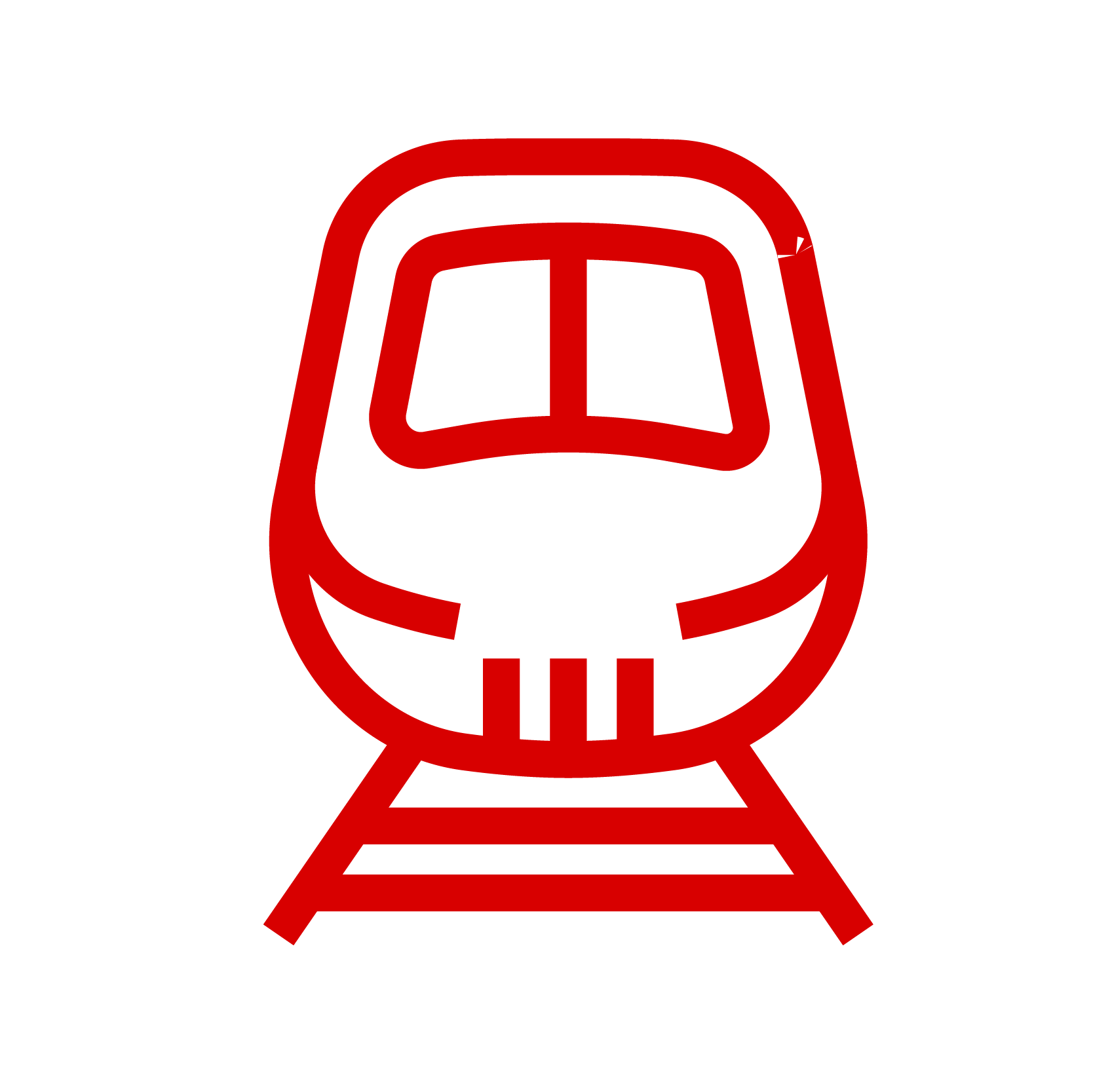In France, fire safety in buildings is governed by different regulations*, depending on the types of building and the purposes for which they are used, e.g.:
• residential buildings,
• buildings open to the public,
• professional premises,
• high-rise buildings, and
• medium-rise buildings.
*documents available at legifrance.gouv.fr et sitesecurite.com (in French)
To help preserve life and wellbeing by helping to avoid the outbreak of a fire, or, in the event of fire, to limit its growth, spread, and its effects on people, and to facilitate the intervention of the emergency services, regulations specify:
• levels of requirements for the reaction to fire and fire resistance of products and components of fitout, buildings, and works of engineering,
• the measures to be taken to limit the spread of fire by cladding,
• the principles and requirements of fire venting.
Reaction to fire.
Reaction to fire is the ability of a fitout or construction product to fuel a fire and contribute to its growth.
Fitout and construction products are graded by different classification systems (Euroclasses or (in France) the M Classification) specifying the degree to which they contribute to the growth of a fire and their potential for production of smoke and flaming droplets.
In France, the means for determining reaction to fire are specified by the ordinance of 21 November, 2002 (amended).
Fire resistance.
Fire resistance is the ability of a product, construction element or work of engineering to maintain its functionality in a fire.
The fire-resistance performance of such products and elements is assessed against predetermined thermal-action criteria and is expressed as degrees or classes directly related to the periods of time during which the products, construction elements or works of engineering meet the stipulated performance criteria, in accordance with their role as regards safety.
In France, the means for determining fire resistance are specified by the ordinance of 22 March, 2004 (amended).
Spread of fire by cladding.
Façade cladding must be designed to limit the spread of fire from one level to another via the façade, irrespective of whether or not the source of the fire is internal to the building: this involves limiting the lateral spread of fire and its spread within the cladding or across the façade-floor interface.
The means for determining and substantiating performance are specified in regulatory documents applicable to the buildings concerned and (in France) in Technical Instruction No. 249 (“C + D” rule, available fuel load, etc.).



Fire venting.
Fire venting consists in using a flow of air to clear smoke from a given space: smoke is thus removed at one point while fresh air is introduced at another. The aim is to effectively remove some of the smoke and heat in order to:
• facilitate the evacuation of occupants.
• limit the spread of fire.
• enable fire-fighters to access the premises.
The rules for venting and the principles behind the means to be applied for that purpose are specified in French regulatory documents, in particular:
• for buildings open to the public: Technical Instructions Nos 246 and 263,
• for high-rise buildings: Technical Instruction of 30/12/2011.
These documents aim to ensure that:
• smoke is prevented from entering stairwells or is vented therefrom,
• smoke is vented from horizontal circulation spaces,
• smoke is vented from premises accessible to the public.
Your projects are our responsibility.
CERIB’s Fire Testing Centre will work with you on your projects to control fire risk. Whether you are a manufacturer, a contractor, a supervising engineer, or a project owner, our team will take note of your requirements and provide the most appropriate services, e.g.:
• Development, design, research, and technological consultancy services,
• Advice and expertise,
• Testing and characterization,
• Fire-safety engineering.
Our team will also provide assistance for obtaining the means of proving the performance of your new products*, construction systems and works of engineering with respect to fire safety:
• Classification reports,
• Laboratory appraisals,
• Project-specific appraisals,
• Advice on engineering studies.
* ATEx experimental technique assessment, DTA technical fitness-for-purpose declaration, ATec agrément certificate, etc.
The CERIB Fire Testing Centre is:
• approved by the French Ministry of the Interior for fire-resistance testing,
• accredited by COFRAC (French Committee for Accreditation) for fire-resistance testing (Accreditation No. 1 0001 – www.cofrac.fr).

Fire-resistance tests.
• Conventional fire-resistance tests:
• Load-bearing elements (EN 1365 series of standards): walls, floors, beams, columns, balconies, stairs, etc.
• Non-load-bearing elements (EN 1364 series of standards): partitions, ceilings, curtain walling, air-transfer grilles, etc.
• Service installations (EN 1366 series of standards): seals, ventilation ducts and smoke-exhaust ducts of very large sectional area, service ducts, ducts for fluids and cable trays, ventilators, smoke barriers, etc.
• Door and shutter assemblies and openable windows (EN 1634 series of standards)
• Passive protection (EN 13381) for timber, steel, concrete, and composite members, etc.
• Assembly tests: beam-to-beam on a column, purlin-to-purlin on beam, etc.
• Special tests
• Intermediate-scale screening tests
Fire-performance and
characterization tests.
• Fire-performance testing of building systems with respect to the risk of the spread of fire by cladding (LEPIR II test**)
• Real-fire tests
• Thermo-mechanical characterization testing of materials.
** LEPIR II: * Two-storey real-fire testing facility
In situ tests.
• Fire-venting tests (dimensional design, simulation parameters, acceptance)
• Safety drills
• Airflow appraisals
Fire-safety
engineering.
• Fire-behaviour-engineering studies
• Fire-resistance (loadbearing capacity) calculation of works and structures, under ISO / real fire conditions
• Analysis of fire and smoke growth
• Smoke-extraction-engineering studies.


![shutterstock_1263924991 [Converti]-01](https://www.cerib-feu.com/wp-content/uploads/2021/08/shutterstock_1263924991-Converti-01-1.png)



